Type Infantry | ||
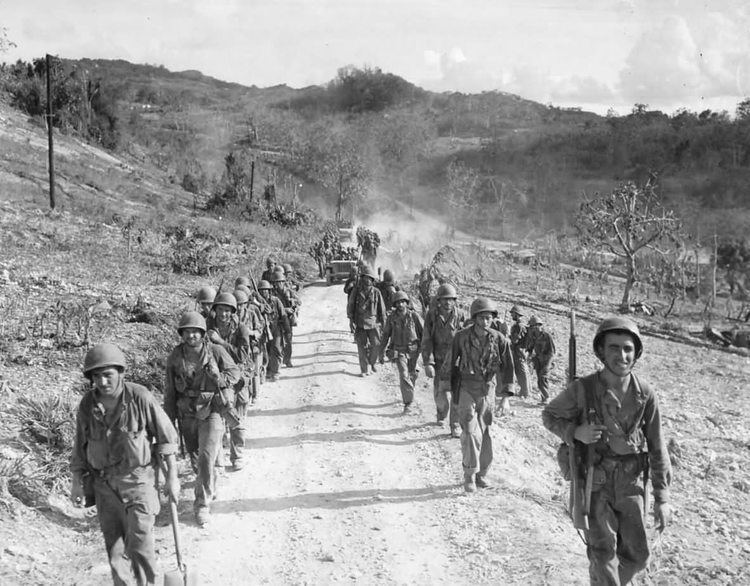 | ||
Active 1917–191940–45c.1946–541954–67 (27th Armored Division) Nickname(s) "O'Ryan's Roughnecks""New York Division" | ||
The 27th Infantry Division was a unit of the Army National Guard in World War I and World War II. The division traces its history from the New York Division, formed originally in 1908. The 6th Division designation was changed to the 27th Division in July 1917.
Contents
- World War I
- Commanders
- Chain of command deployed
- Initial organization
- Organization Jul Nov 1917
- Organization from Nov 1917
- Training
- Camp schedule
- Combat record
- World War II
- Organization
- Combat chronicle
- Casualties
- Postwar
- References
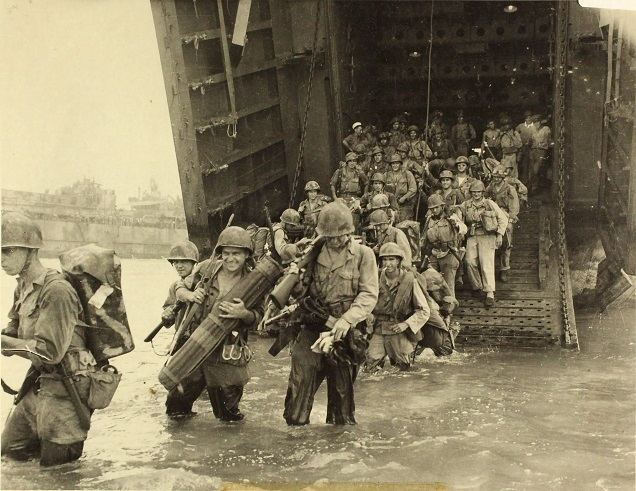
When the New York Division was organized in 1908, the New York National Guard became the second state, after Pennsylvania, to structure its National Guard at such a high tactical level in peacetime. The New York Division was called to active duty during the Mexican border crisis of 1916. While on federal duty, it was redesignated as the 6th Division in June 1916. It was released from active duty in December 1916, only to be recalled for World War I service in July 1917. The 6th Division was reorganized and redesignated as the 27th Division on 1 October 1917.

World War I
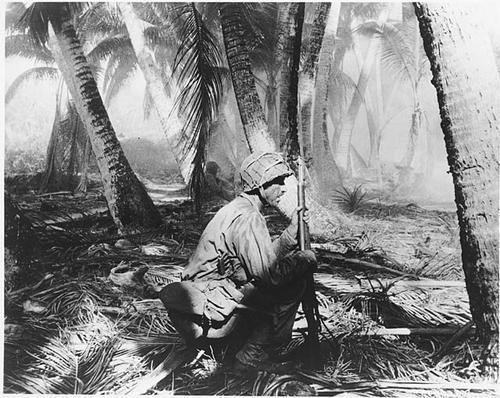
The New York 27th Division was one of only three divisions formed up entirely from a single state National Guard, the other two being Illinois and Pennsylvania. However, not all New Yorkers served in the 27th. Its initial Strength was 991 officers and 27,114 enlisted men.
Commanders
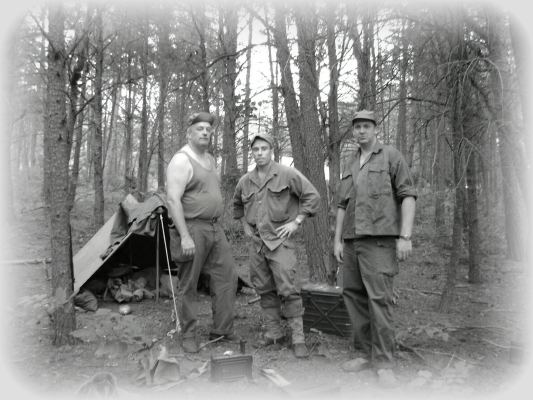
Chain of command deployed
Initial organization
The division's initial organization was carried over from 6th Division:
Organization Jul – Nov 1917

Organization from Nov 1917
The artillery elements were reassigned upon arrival in France, and those elements did not see service with the 27th Division during combat.
Training
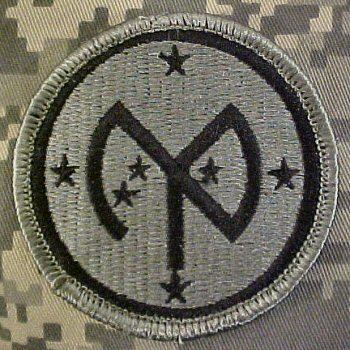
Prior to departing to training, the division participated in a large send off parade in New York City along 5th Avenue on 30 August 1917. The 7th Infantry Regiment was the first to leave for training on Sept 11, 1917 by train. The training was conducted at a purpose built temporary facility at Camp Wadsworth, Spartanburg, South Carolina. Nearby hotels such as the Cleveland Hotel became centers for social life. The camp also house seven YMCA Huts and a Knights of Columbus Hall. While the 27th did have African American service-men they were not permitted to enter the service organization clubs on base which were segregated, until a black soldier's club was built in early 1918.
The division shipped out on 20 April 1918.
Camp schedule

6:15 A.M.-Reveille and assembly. 6:35 – Mess. 6:55 – Sick call. 7:00-Fatigue. 7:05-Stables. 7:25-First Call. 7:30-Assembly for Drill. 11:30-Recall from Drill. 11:35-First Sergeant's call. 12 Noon-Mess. 12:55 P.M-First Call for Drill. 1:00-Drill. 5:30-Recall. 5:40-First Call for Retreat. 5:45-Assembly. 5:55-Retreat. 6:00-Mess Call. 9:00-Tattoo. 10:45-Call to Quarters. 11:00 Taps.2
Combat record
Called into federal service on 15 July 1917, the Twenty-Seventh Division hastily recruited to increase its numbers and late in August, was concentrated at Camp Wadsworth, near Spartanburg, SC, for intensive training. In the spring of 1918, the division began its movement toward embarkation camps. The division’s advance detachment left Hoboken on 2 May and arrived at Brest, France, 10 May 1918. Late in June the last units of the Twenty-Seventh Division had arrived safely overseas.
Until 24 July the division was in the final stages of training under British mentors, in Picardy and Flanders. On 25 July, the 27th Division less its artillery brigade and 102nd Ammunition Trains, occupied the Dickebusch Lake and Scherpenberg sectors in Flanders. In just over a month, this operation merged into the Ypres-Lys action, and then, from 19 August to 3 September, the 27th was on its own.
The great Somme "push," lasting from 24 September to 1 October, saw the 27th engaged in severe fighting along the Saint Quentin Canal Tunnel—one of the out-lying strong points of the supposedly impregnable Hindenburg Line. Following heavy losses, the 27th was placed into reserve for rest and replacements at the conclusion of the first phase of the Somme Push. Six days later the Twenty-Seventh Division was back into action again, moving steadily toward Busigny on the heels of the retiring Germans.
The 27th Division had, in conjunction with British forces and the 30th Division, American Expeditionary Force, cracking the Hindenburg line wide open.
The 52d Field Artillery Brigade and the 102nd Ammunition Train of the New York Division had not gone with the rest of the Twenty-seventh Division to the British front in Flanders. They had moved up on 28 October, to support the Seventy-Ninth Division in the Argonne.
Meanwhile, the Twenty-Seventh Division units which had seen heavy action in Flanders, had moved back to an area near the French seaport of Brest.
The 27th did break the Hindenburg line during the Battle of the Somme and forced a German retreat from their defensive line and forced the Germans to a final confrontation. After a final confrontation with the retreating Germans at the Selle River the Armistice ended the fighting and the division was sent home in February 1919, to be mustered out several months later.
World War II
Organization
Combat chronicle
The first stateside division to be deployed in response to the attack on Pearl Harbor, the 27th Division departed Fort McClellan 14 December 1941 for California to establish blocking positions against an anticipated seaborne invasion of the United States southwestern coast. They were further transferred into the Pacific Theater of Operations and arrived in Hawaii, 21 May 1942, to defend the outer islands from amphibious attack. Divisional units first saw action against the enemy during the attack and capture of Makin Atoll in the Gilbert Islands, 21–24 November 1943. Two battalions of the 106th Regiment participated in the attack on Eniwetok Atoll, 19–26 February 1944, returning to Oahu in March. During this mission, one battalion landed unopposed on Majuro Island, 1 February, and completed its seizure, 3 February. The division began preparations for the Marianas operations, 15 March. On D-day plus 1, 16 June 1944, elements landed at night on Saipan to support the Second and Fourth Marine Divisions. A beachhead was established and Aslito Airfield captured, 18 June. Fighting continued throughout June. Marine General Holland Smith, unsatisfied with the performance of the 27th Division, relieved its commander, Army General Ralph C. Smith., which led to angry recrimination from senior Army commanders, including Army Chief of Staff George C. Marshall. During a pitched battle, 7 July, Japanese overran elements of the division in a banzai attack, but organized resistance was crushed the next day. During the months of July and August, the 27th cleaned out isolated pockets in the mountains and cliffs of Saipan.
Beginning in the middle of August, the division moved to the New Hebrides for rest and rehabilitation. On 25 March 1945, the 27th sailed from Espiritu Santo, arriving at Okinawa, 9 April 1945. The Division participated in the XXIV Corps general attack, 19 April 1945, securing a dominating ridge line south of Machinato and Kakazu. Machinato Airfield was captured, 28 April, after a severe struggle. On 1 May, the division was relieved by the 1st Marine Division and attached to the Island Command for garrison duty. Tori Shima was seized, 12 May, without opposition. The 27th attacked from the south end of Ishikawa Isthmus to sweep the northern sector of Okinawa. The enemy fought bitterly on Onnatake Hill from 23 May until 2 June, before losing the strong point. After a mopping-up period, the division left Okinawa, 7 September 1945, moved to Japan and occupied Niigata and Fukushima Prefectures.
Casualties
Postwar
The division was reformed as a National Guard formation on 21 April 1947. The division was reconstituted along the lines of its war time structure with limited reorganizations.
Composition of the Twenty-Seventh Division 1948 to 1954:
In February 1955 the 27th Division became the 27th Armored Division, retaining many of its former units.
The division was reorganized in 1968 as the 27th Armored Brigade, a unit of the 50th Armored Division.
The 27th Armored Brigade was reorganized as an Infantry brigade in 1975 and aligned with the 42nd Infantry Division.
In 1985 the 27th Infantry Brigade was activated as part of the New York Army National Guard, and assigned as the "roundout" brigade of the Army's 10th Mountain Division.
The 27th Brigade was later reorganized as the 27th Infantry Brigade Combat Team, and reestablished use of the 27th Infantry Division's NYD shoulder sleeve insignia. The 27th Infantry Brigade carries on the lineage and history of the 27th Infantry Division.
